THE JAGUARs
HISTORY

These powerful beasts are regarded asa symbol of wildness and prominent in ancient religion and mythology. The Maya believed the jaguar was the God of the Underworld and helped the sun travel under the Earth at night, ensuring it would rise in the morning.
Males are considerably larger than females. Size and weight vary considerably: weights are normally in the range of 65–150 kg (145-330 lb) and females are typically 10–20 percent smaller than males.
The jaguar (Panthera onca) is the third largest felidea species and the only living member of the genus Panthera in the Americas .
THE JAGUAR
The jaguar’s range extends from Southwestern United States and Northern Mexico, trickling through most of Central America, and south as far as Paraguay and Northern Argentina in South America.
Today They are listed as near threatened by the IUCN and large numbers on are only found in remote regions of South and Central America. The Pantanal holds the densest population of jaguars, estimating between 4,000-7,000 jaguars in the Pantanal alone.
The name ‘jaguar’ is thought to derive from the ‘’Tupian’’or Tupi-Guarani word yaguara– yaguar, meaning “he who kills with one lap”. The specific word for jaguar is yaguareté, with the suffix –eté meaning “real” or “true”.

HABITAT
This spotted cat closely resembles the leopard, but is usually larger and more robust. It ranges across a variety of forested and open terrains, but its preferred habitat is tropical and subtropical moist broadleaf forest, swamps and wooded regions.
The jaguar enjoys swimming and is largely a solitary, opportunistic, stalk-and-ambush, apex predator.
As a Keystone species it plays an important role in stabilizing ecosystems and regulating prey populations. A clear difference between jaguars and leopards is the morphology, jaguars spots, or also known as rosettes, are larger, more exploded and usually have small dots in the center of the larger spots.


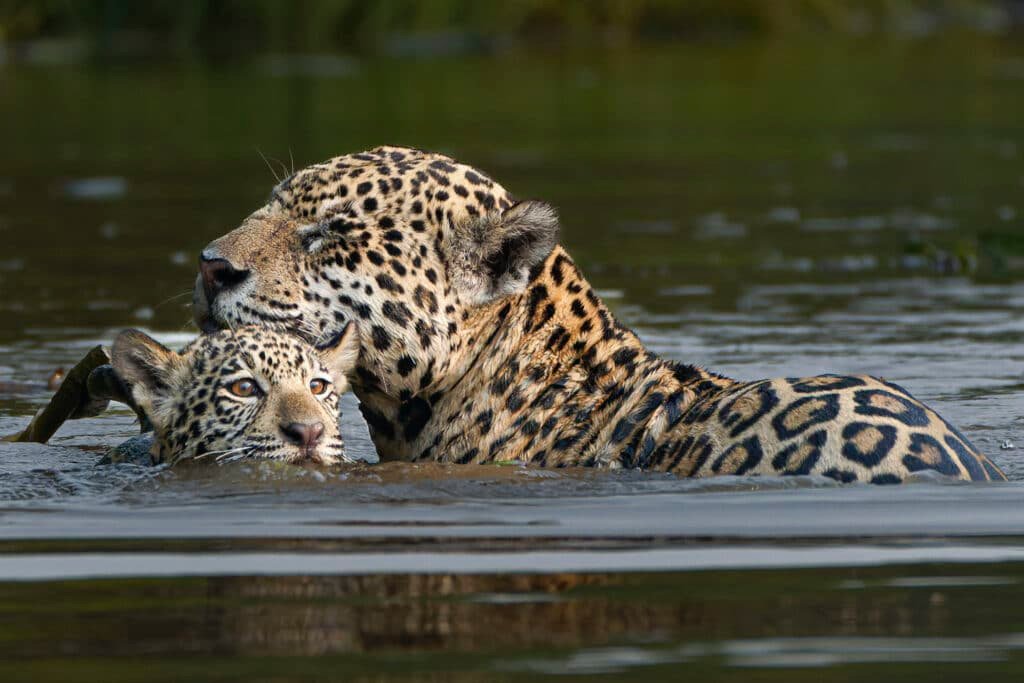
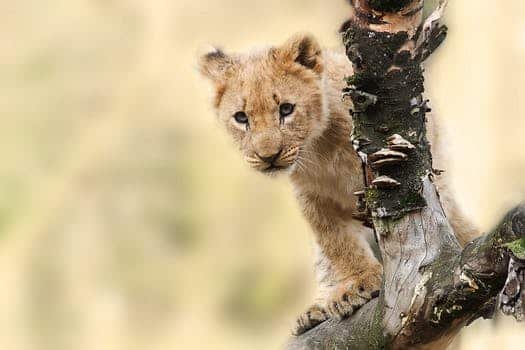

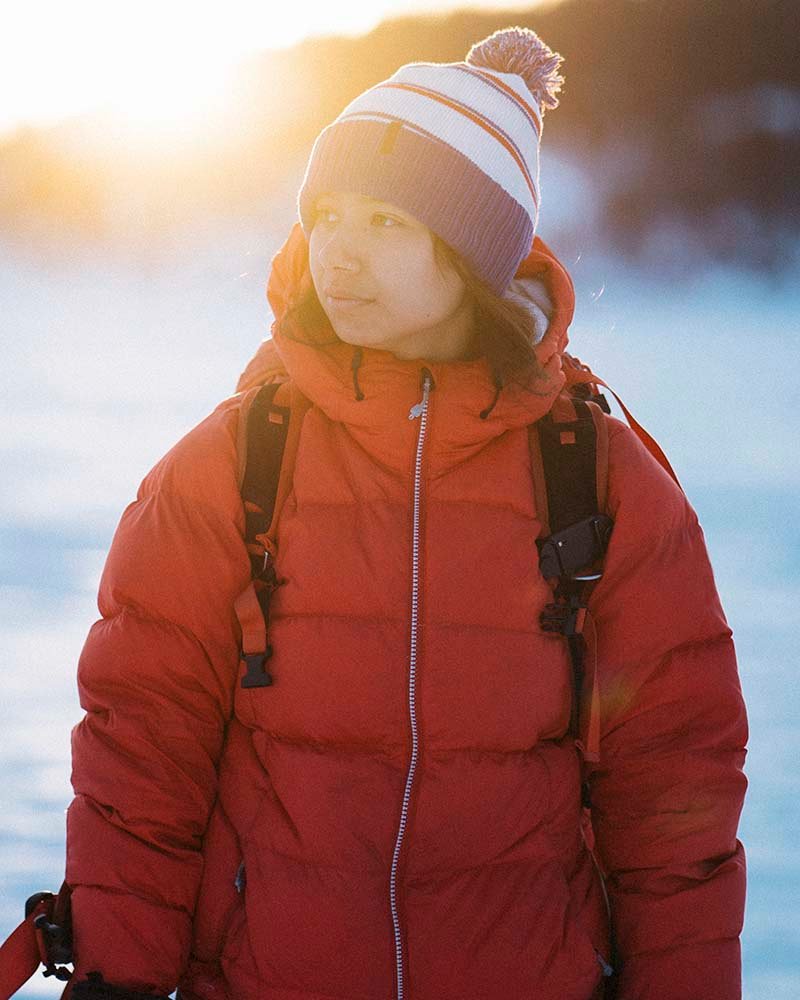
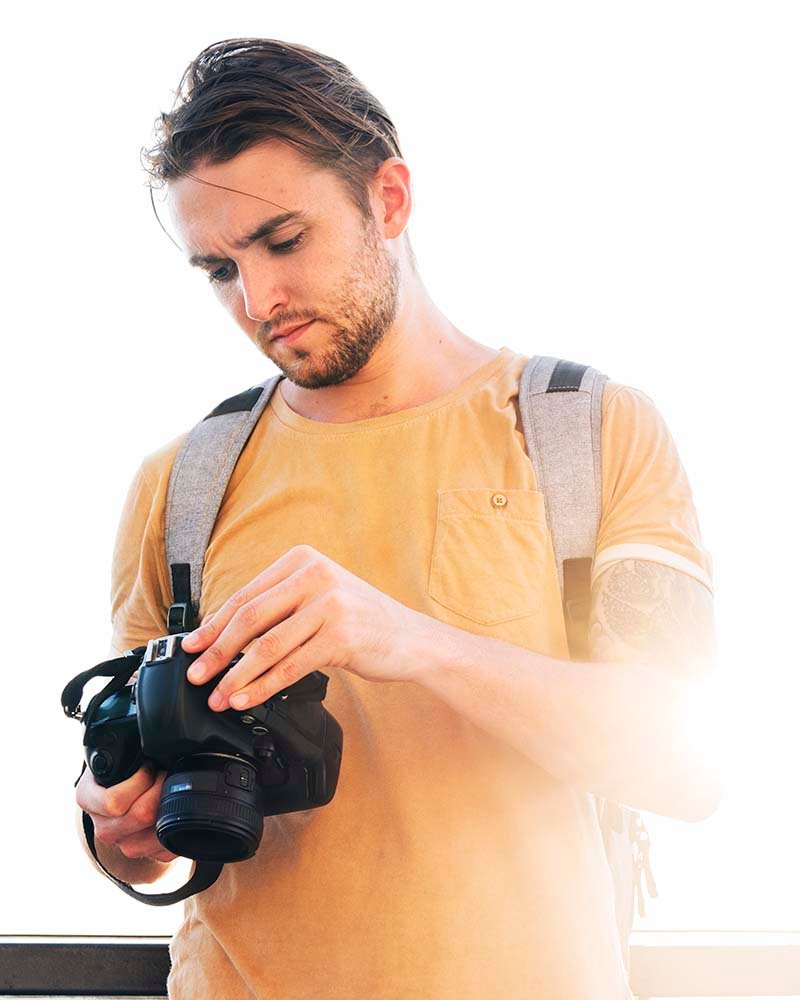
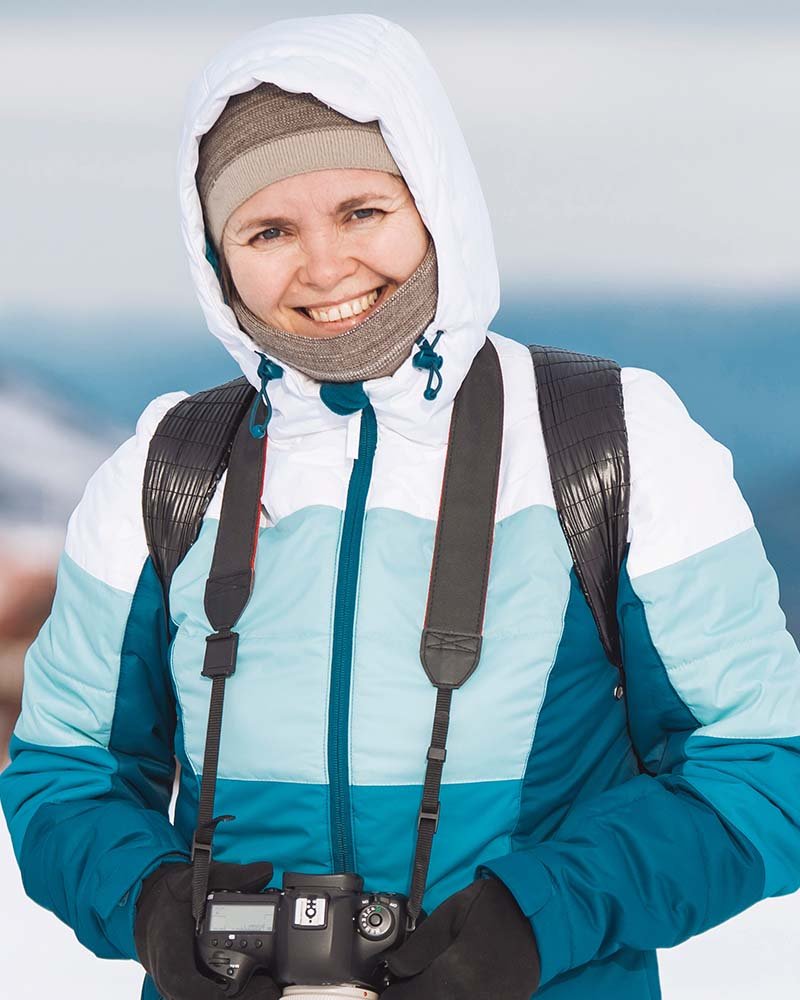
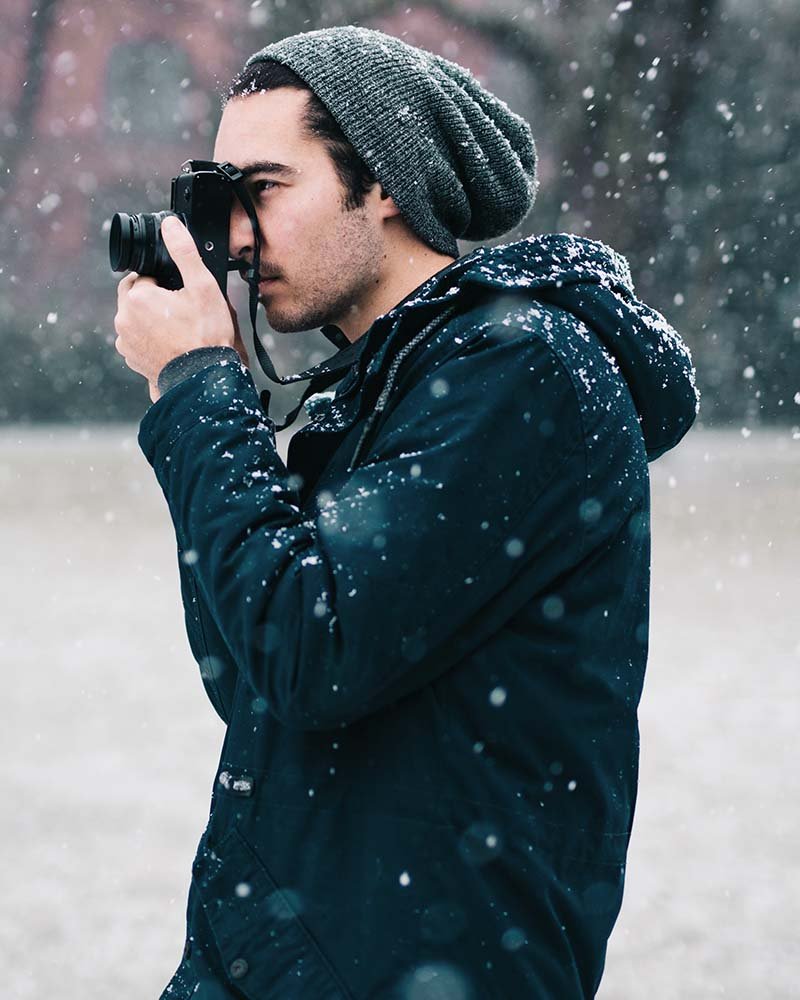




Quisque pharetra diam at massa ornare, a malesuada ex laoreet. Nulla varius lacus at nulla condimentum, a euismod ex faucibus. Nulla porttitor ut dolor eu facilisis. Etiam blandit turpis vel metus gravida.
Steward Deans Customer